Frizzy hair can be a daily struggle for many individuals, causing frustration and diminishing confidence. The unruly and uncontrollable nature of frizz often leads to challenges in managing and styling hair effectively. In this article, we will delve into the causes of frizzy hair, explore various solutions, and provide helpful tips to tame and control frizz. So, let’s dive in and discover how to achieve smoother, more manageable hair.
Understanding Frizzy Hair
Frizzy hair is characterized by its tendency to appear dry, coarse, and flyaway. It lacks smoothness and typically has a rough texture, making it difficult to style. Understanding the underlying causes of frizz is crucial in finding effective solutions.
2.1 What Causes Frizzy Hair?
Frizz can be caused by a variety of factors, including genetics, hair damage, and environmental conditions. The most common causes of frizzy hair are:
- Lack of Moisture: Insufficient moisture in the hair strands leads to frizz formation.
- Hair Damage: Excessive heat styling, chemical treatments, and overbrushing can damage the hair cuticles, resulting in frizz.
- Natural Hair Texture: Certain hair types, such as curly or wavy hair, are more prone to frizz due to their structure.
- Product Buildup: Accumulation of styling products and dirt on the hair can contribute to frizz.
2.2 The Impact of Weather on Frizzy Hair
Weather conditions play a significant role in exacerbating frizz. High humidity levels can cause the hair to absorb moisture from the air, leading to swelling of the hair shafts and frizz. Dry weather, on the other hand, can strip the hair of its natural moisture, making it more susceptible to frizz.
2.3 The Role of Humidity in Frizz Formation
Humidity affects the water content of the hair. When the hair is exposed to humid environments, it absorbs moisture from the air, causing the hair shafts to expand and result in frizz. Controlling humidity levels and using appropriate hair care techniques can help combat frizz caused by humidity.
2.4 Hair Porosity and Frizziness
Hair porosity refers to the hair’s ability to absorb and retain moisture. High porosity hair is more prone to frizz as it quickly absorbs moisture from the environment but struggles to retain it. Low porosity hair, on the other hand, may repel moisture, leading to dryness and frizz. Understanding your hair’s porosity can aid in selecting suitable products and treatments.
Tips for Managing Frizzy Hair
Managing frizzy hair requires a comprehensive approach that focuses on hydration, proper hair care routines, protective hairstyles, and minimizing heat and chemical damage. Implementing the following tips can help you regain control over your frizz-prone hair.
3.1 Hydration and Moisture Balance
One of the key aspects of combating frizz is maintaining optimal hydration levels in your hair. Consider the following steps to achieve proper moisture balance:
- Deep Conditioning: Use a hydrating and moisturizing deep conditioner regularly to nourish and replenish your hair.
- Leave-In Conditioners: Apply leave-in conditioners that contain humectants to lock in moisture and combat dryness.
- Avoid Over-Shampooing: Frequent shampooing can strip the hair of its natural oils, resulting in frizz. Opt for sulfate-free shampoos and reduce the frequency of washing.
3.2 Proper Hair Care Routine
Establishing a suitable hair care routine is essential for managing frizz and maintaining overall hair health. Consider the following practices:
- Gentle Towel Drying: Instead of vigorously rubbing your hair with a towel, gently squeeze out excess moisture to prevent frizz.
- Wide-Toothed Comb or Detangling Brush: Use a wide-toothed comb or a detangling brush to prevent hair breakage and minimize frizz.
- Avoid Heat Styling: Excessive heat from styling tools can damage the hair cuticles and contribute to frizz. Minimize heat styling or use heat protectant products.
3.3 Protective Hairstyles
Protective hairstyles can help shield your hair from external elements, reducing frizz and promoting hair health. Try out these options:
- Braids and Twists: Braiding or twisting your hair can protect it from the environment and minimize frizz formation.
- Updos and Ponytails: Styling your hair in updos or ponytails keeps it contained and reduces exposure to humidity and friction.
- Buns and Topknots: Sporting buns or topknots not only keeps frizz under control but also creates a fashionable look.
- Curl Defining Techniques: Utilize curl defining techniques like twist-outs or bantu knots to enhance your natural curls while reducing frizz.
3.4 Avoiding Heat and Chemical Damage
Excessive use of heat styling tools and chemical treatments can damage the hair, making it more prone to frizz. Adopt the following practices to prevent damage:
- Heat-Free Styling: Embrace heat-free styling techniques such as air-drying, roller sets, or overnight braiding to minimize heat damage.
- Protective Serums: Apply serums or heat protectant sprays before using heated styling tools to shield the hair from high temperatures.
- Chemical-Free Alternatives: Explore natural or organic hair care products that minimize the use of harsh chemicals.
Natural Remedies for Frizzy Hair
Nature offers various remedies that can help combat frizz and restore the hair’s natural luster. Incorporate these natural treatments into your hair care routine for effective frizz control.
4.1 Coconut Oil Treatment
Coconut oil has moisturizing properties that can deeply penetrate the hair shaft, providing nourishment and reducing frizz. Follow these steps for a coconut oil treatment:
- Warm the Oil: Gently warm the coconut oil in a microwave or by placing the jar in warm water.
- Apply to Hair: Section your hair and apply the warm coconut oil from the roots to the tips, focusing on the frizz-prone areas.
- Massage and Comb: Massage the oil into your scalp and comb it through your hair to ensure even distribution.
- Leave Overnight or Rinse: You can leave the coconut oil treatment overnight for maximum absorption or rinse it out after a few hours.
4.2 Aloe Vera Gel for Frizz Control
Aloe vera gel has moisturizing and smoothing properties that can help combat frizz and add shine to the hair. Here’s how you can use aloe vera gel:
- Extract the Gel: Cut open an aloe vera leaf and extract the gel using a spoon.
- Apply to Hair: Apply the gel directly to your damp hair, focusing on the areas prone to frizz.
- Leave-In or Rinse: You can choose to leave the aloe vera gel in your hair without rinsing or rinse it out after a few minutes.
4.3 Apple Cider Vinegar Rinse
Apple cider vinegar (ACV) can help restore the hair’s pH balance, smooth the cuticles, and reduce frizz. Follow these steps for an ACV rinse:
- Dilute ACV: Mix one part ACV with three parts water to create the rinse solution.
- Apply to Hair: After shampooing, pour the ACV rinse onto your hair and massage it into your scalp and strands.
- Let it Sit: Leave the ACV rinse on for a few minutes to allow it to work its magic.
- Rinse Thoroughly: Rinse your hair with cool water to remove the ACV and reveal smoother, less frizzy hair.
4.4 Argan Oil as a Frizz Fighter
Argan oil is rich in vitamins and antioxidants that nourish and hydrate the hair, making it an excellent frizz fighter. Follow these steps to use argan oil:
- Apply to Damp Hair: After shampooing and conditioning, apply a few drops of argan oil to your damp hair.
- Spread Evenly: Spread the oil throughout your hair, focusing on the mid-lengths and ends.
- Style as Desired: Style your hair as usual, allowing the argan oil to provide a protective barrier against frizz.
Products for Frizzy Hair
A wide range of hair care products is specifically designed to combat frizz and promote smoother, more manageable hair. Consider incorporating the following products into your hair care routine:
5.1 Shampoos and Conditioners
- Hydrating Shampoos: Look for shampoos that provide intense hydration to combat dryness and frizz.
- Anti-Frizz Conditioners: Use conditioners with anti-frizz properties to smooth the hair cuticles and reduce frizz.
5.2 Leave-In Conditioners
Leave-in conditioners are designed to provide long-lasting moisture and frizz control. They create a protective layer that seals in moisture and reduces frizz throughout the day.
5.3 Serums and Oils
Hair serums and oils help tame frizz and add shine to the hair. They can be applied to dry or damp hair to provide a smoother and more polished appearance.
5.4 Anti-Frizz Hair Masks
Hair masks infused with hydrating ingredients and anti-frizz properties can deeply nourish the hair, reduce frizz, and restore its natural vibrancy. Incorporate a weekly hair mask into your routine for maximum benefits.
Hairstyles for Frizzy Hair
Styling frizzy hair can be challenging, but with the right techniques and hairstyles, you can embrace and enhance your natural texture. Consider the following hairstyle options:
6.1 Braids and Twists
Braiding or twisting your hair can help keep it contained, minimize frizz, and create stylish looks. Try out various braid and twist styles, such as French braids, Dutch braids, or twists, to find the ones that suit you best.
6.2 Updos and Ponytails
Updos and ponytails are go-to hairstyles for managing frizz and keeping the hair under control. Experiment with high or low ponytails, sleek buns, or messy updos to find the perfect look for any occasion.
6.3 Buns and Topknots
Buns and topknots are versatile hairstyles that can be elegant or casual. They help secure the hair, minimize frizz, and add a touch of sophistication to your overall appearance.
6.4 Curl Defining Techniques
If you have naturally curly or wavy hair, enhancing your curls can be a great way to embrace your frizz and achieve stunning looks. Experiment with different curl defining techniques, such as scrunching, plopping, or using curling creams, to bring out the best in your natural texture.
Conclusion
Frizzy hair can be a daily struggle, but with the right understanding, techniques, and products, you can regain control over your locks. By following the tips and incorporating natural remedies, suitable products, and hairstyles, you can achieve smoother, more manageable hair that boosts your confidence and lets your unique beauty shine.

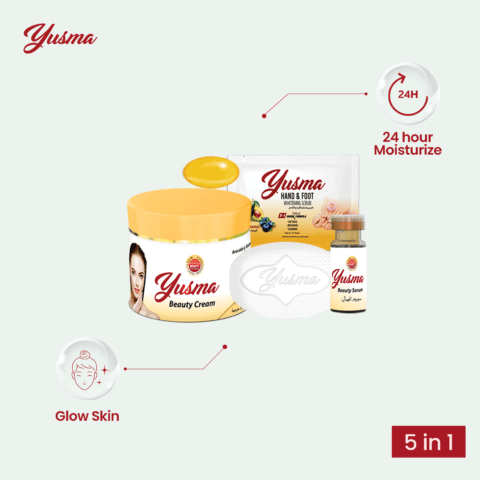
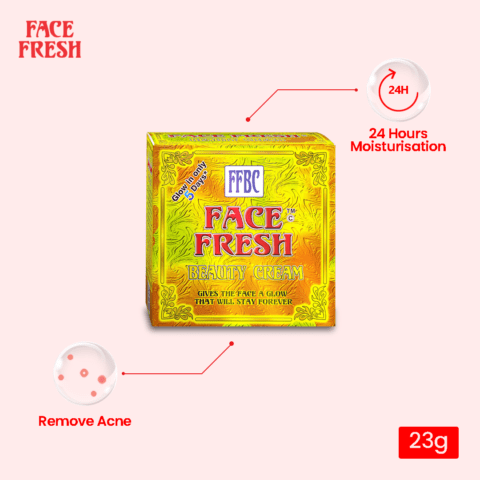
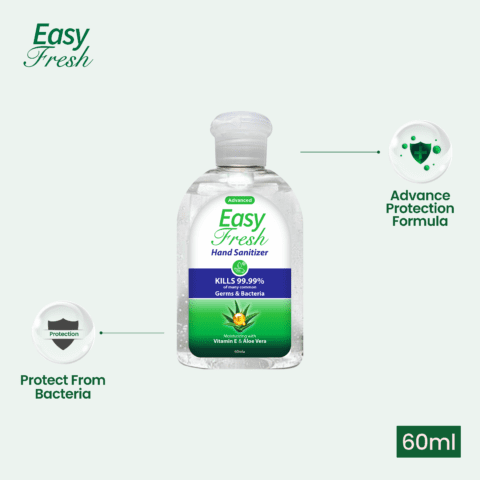
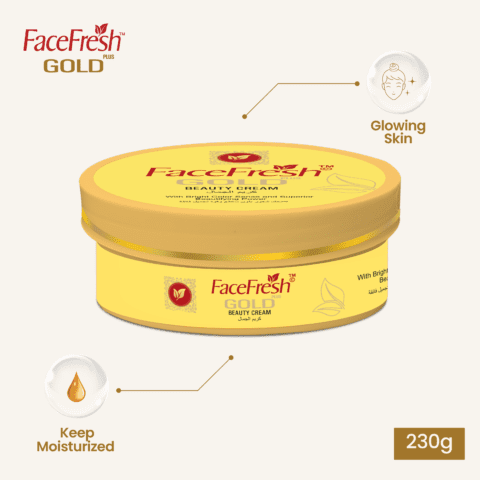
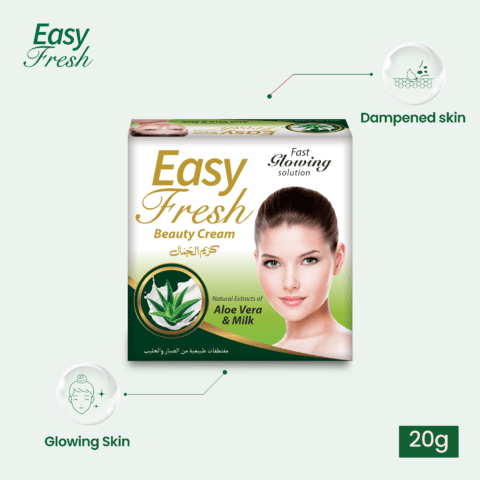
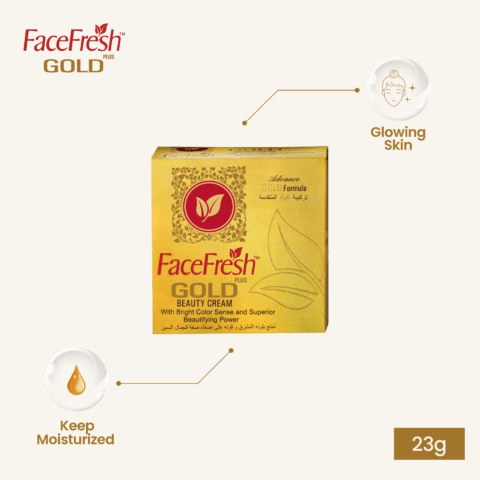
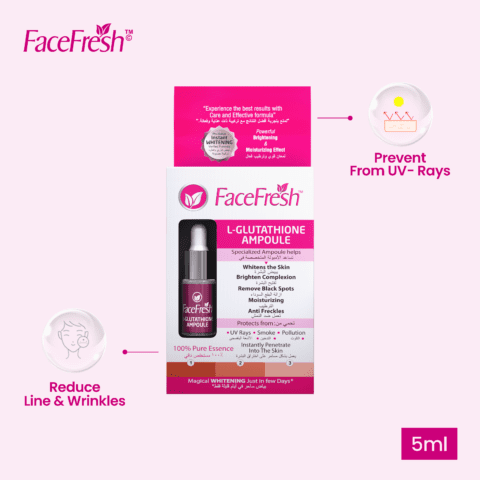
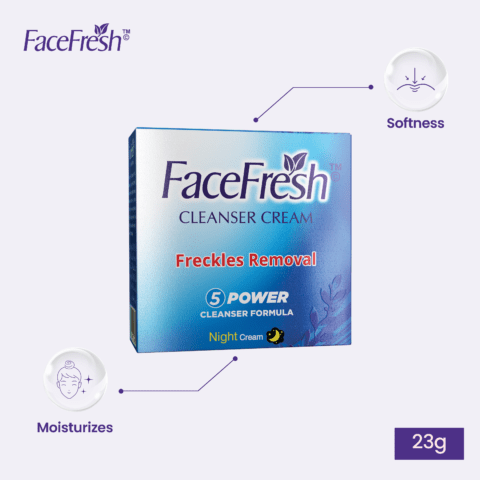
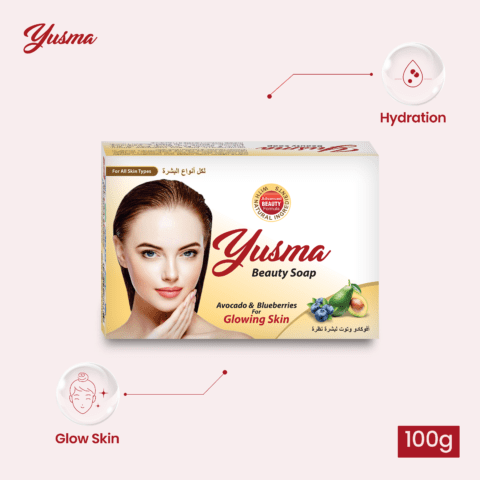
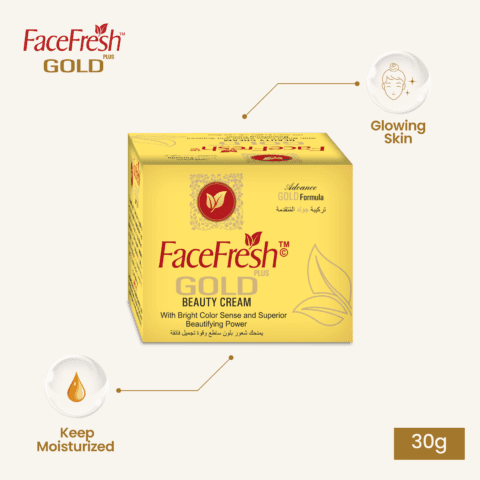
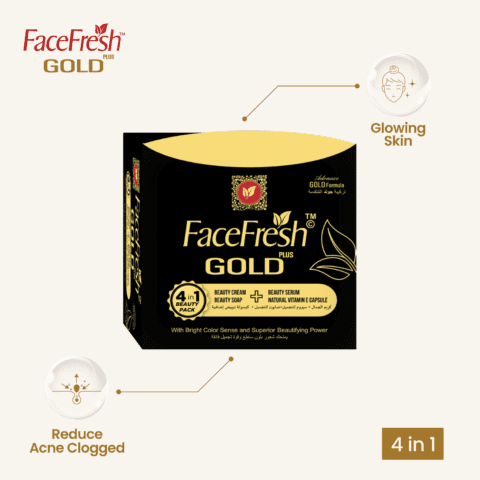
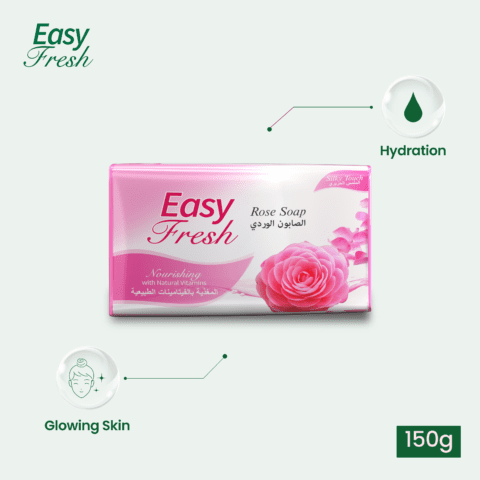

Leave a comment
Your email address will not be published. Required fields are marked *